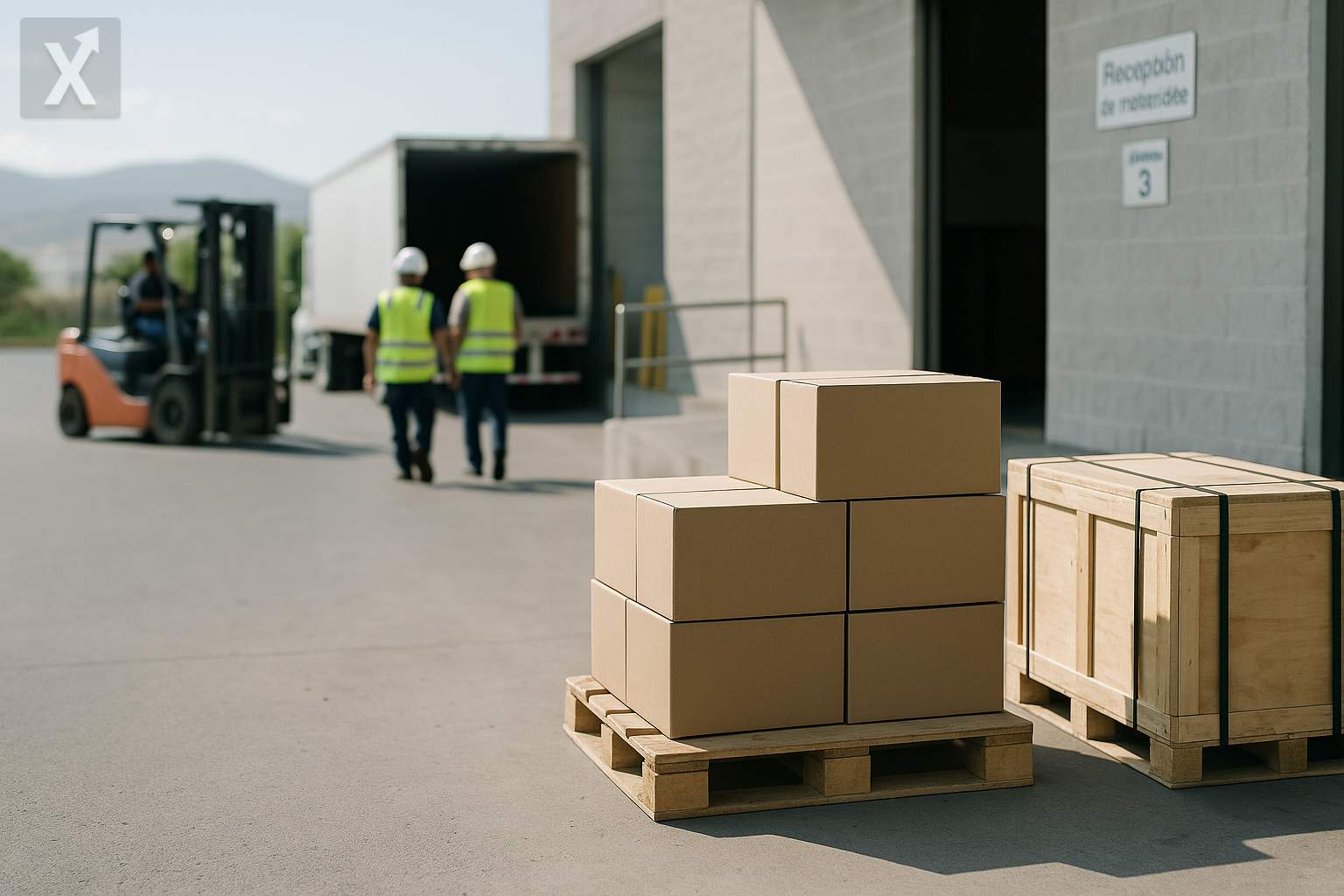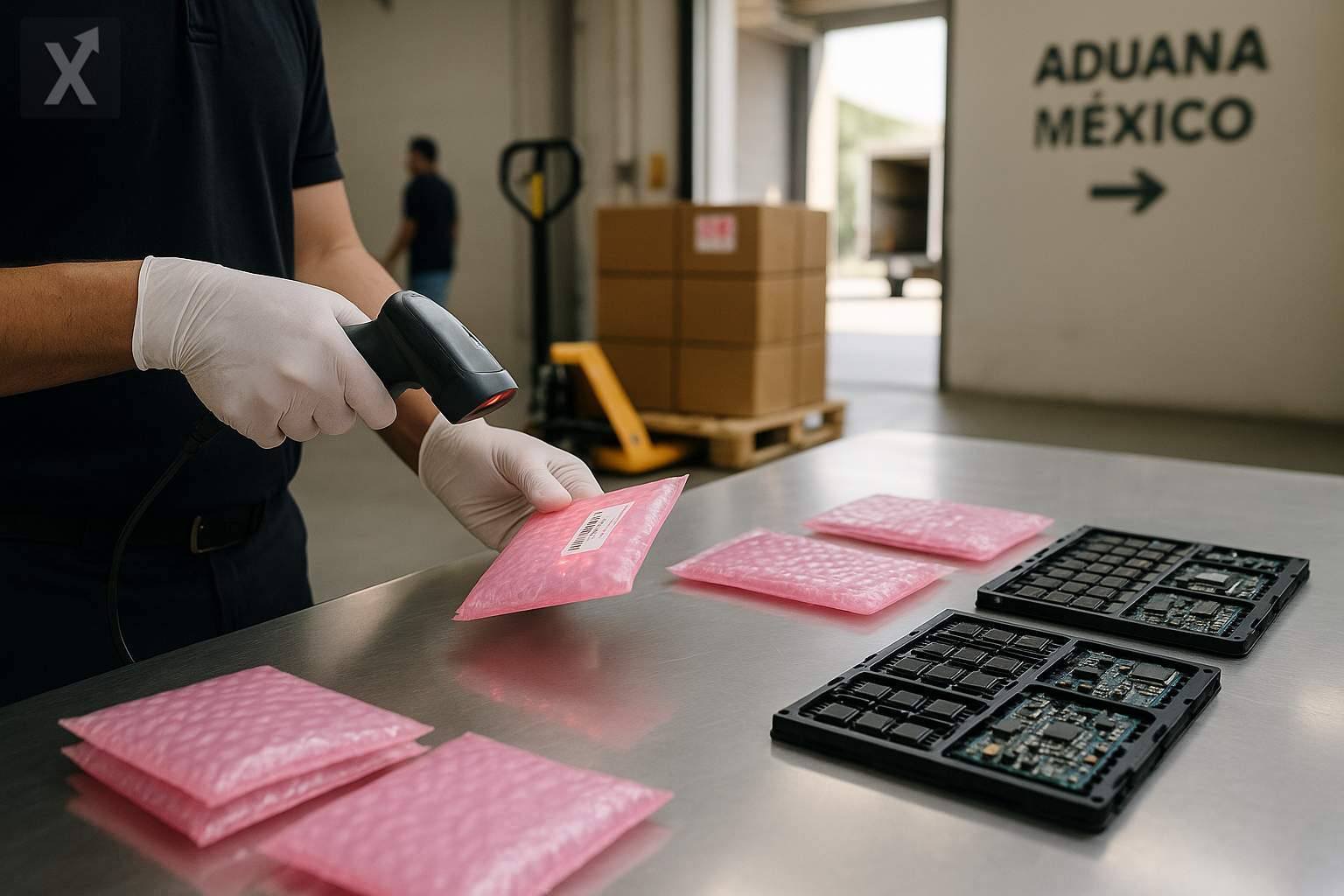A Potential US–China Deal on Rare Earths Offers Relief for Mexican Manufacturing

A possible agreement between the United States and China to secure the supply of rare earth elements, which US officials say could be finalized before the end of the month, is being closely watched by the productive sector in Mexico. If realized, the deal would ease tensions in key value chains for Mexican manufacturing integrated with North America, particularly in the automotive, electronics, and aerospace industries.
According to reports circulated in the United States, the preliminary understanding would have China suspend certain export restrictions on critical minerals for one year, while Washington would adjust some tariffs on Chinese goods as part of a broader package that also includes agricultural commitments. China controls most of the extraction and, more importantly, the processing of rare earths—materials essential for permanent magnets and high-performance components used in electric vehicle motors, wind turbines, electronic devices, and defense equipment.
For Mexico, the top US trading partner in 2023 and 2024 and amid growing nearshoring momentum, the availability and cost of these materials have a direct impact on margins and production scheduling. A large share of the magnets, sensors, and precision motors used in plants in states like Nuevo León, Coahuila, Chihuahua, and Baja California are imported. A period of lower trade friction and increased flow of materials could reduce price volatility and improve delivery times on assembly lines.
On the macroeconomic front, easing of costs for imported inputs would tend to relieve pressure on durable goods and export prices. This aligns with the recent slowdown in overall inflation and the more accommodative—yet cautious—tone of monetary policy. Nonetheless, the exchange rate, energy costs, and the availability of electricity infrastructure remain significant risks for industrial activity.
The relocation of supply chains has spurred investment announcements in various northern states and the Bajío region. To capitalize on the current moment, Mexico faces the challenge of strengthening higher value-added links, such as traction motor assembly, permanent magnet manufacturing, and recycling of components containing rare earths. At the same time, the United States and its allies are accelerating alternative projects—from extraction at Mountain Pass to new magnet plants in Texas—creating a landscape that could open up opportunities for Mexico if it aligns incentives, regulatory certainty, and environmental standards.
The underlying risk is that a short-term deal will not resolve structural vulnerabilities. If restrictions return or intensify, the region would once again face disruptions in critical materials. For this reason, Mexican companies are already exploring supplier diversification, larger safety stocks, long-term contracts, and redesigns to reduce dependence on rare earths, in addition to circular economy initiatives to recover scrap magnets and alloys.
Although lithium is not classified as a rare earth element, its case in Sonora illustrates the challenges of developing new links in strategic materials: governance, legal certainty, infrastructure, and energy access. Looking ahead to the USMCA review in 2026, regional coordination on content policies and incentives for advanced manufacturing could become increasingly important, especially in segments such as batteries, semiconductors, and electric propulsion components.
In summary, a temporary thaw between the United States and China over rare earths would provide a boost for Mexican manufacturing and help stabilize costs in the short term. However, long-term resilience will depend on diversifying inputs, developing regional capabilities, and improving domestic infrastructure to support the wave of investment driven by nearshoring.





